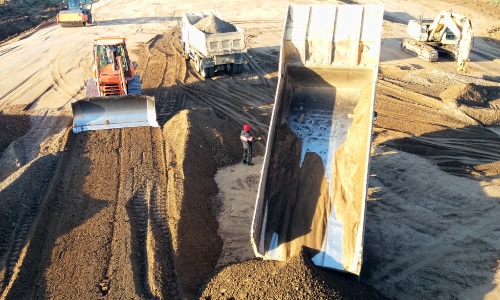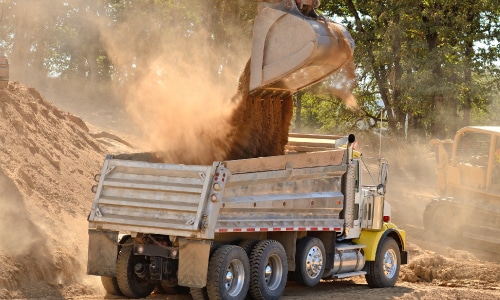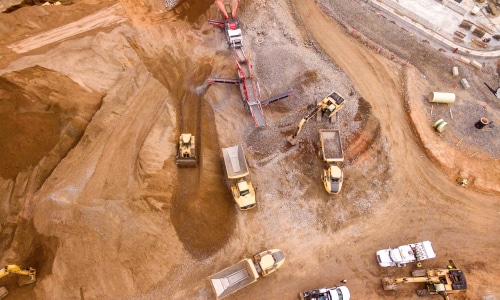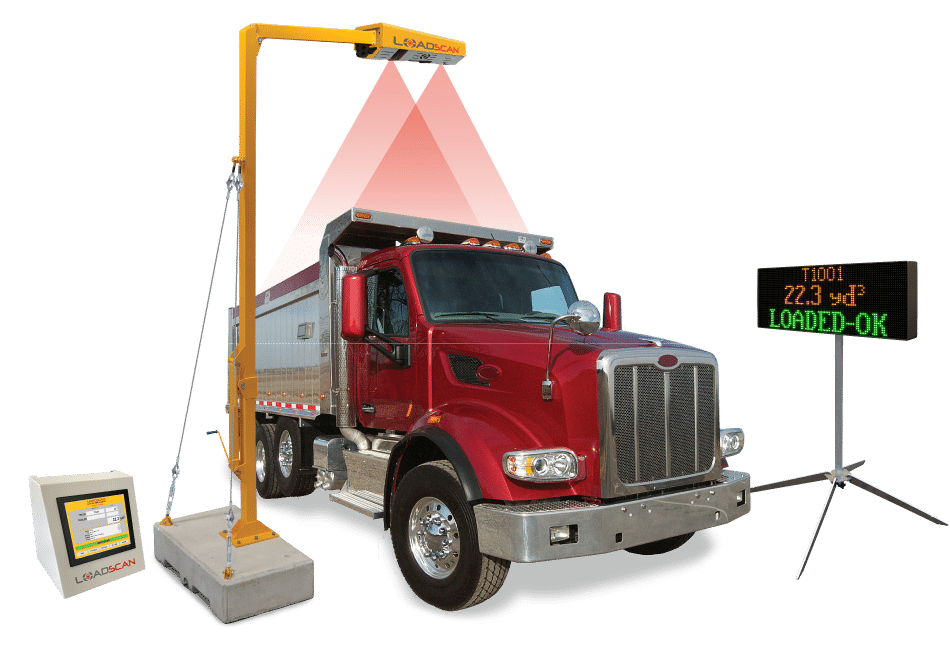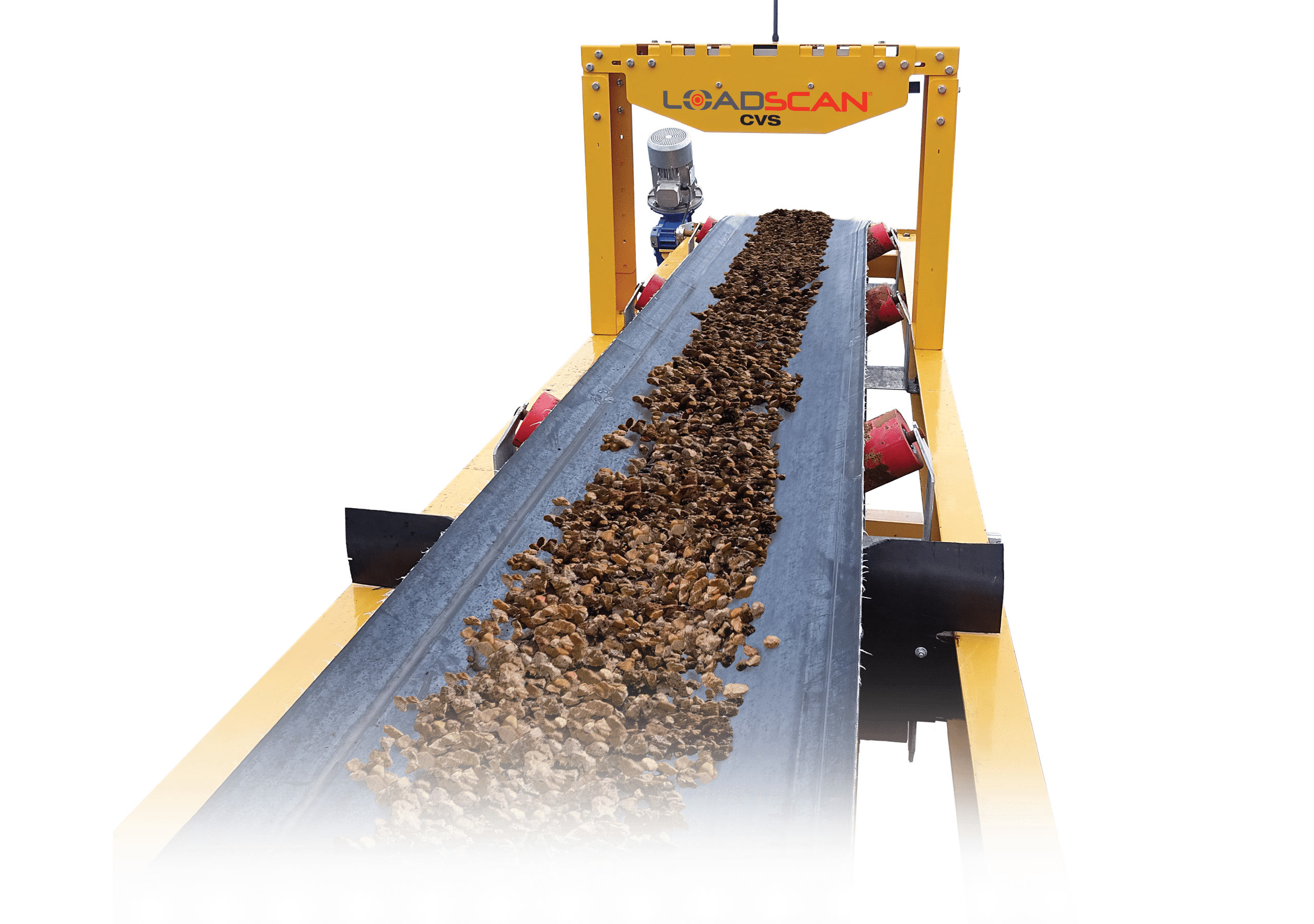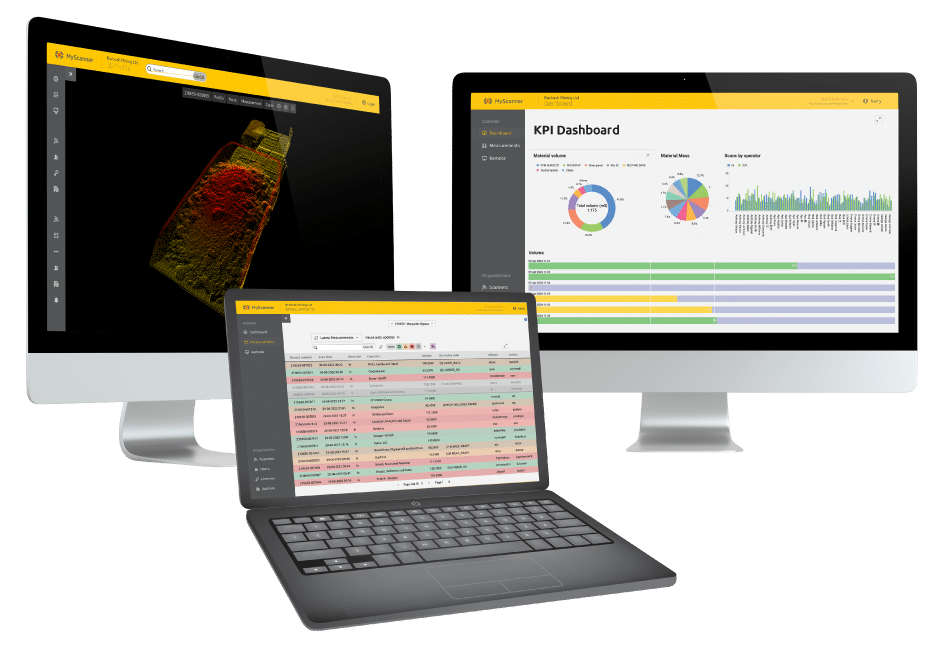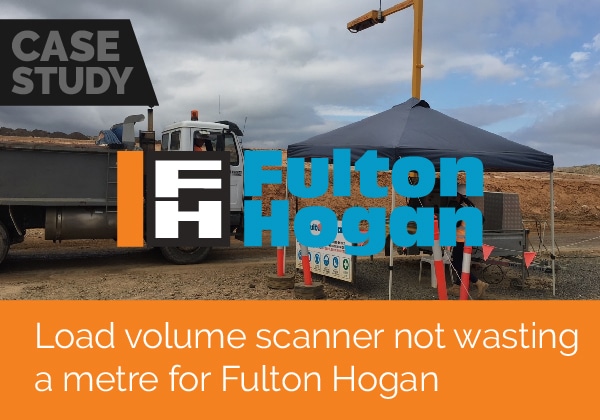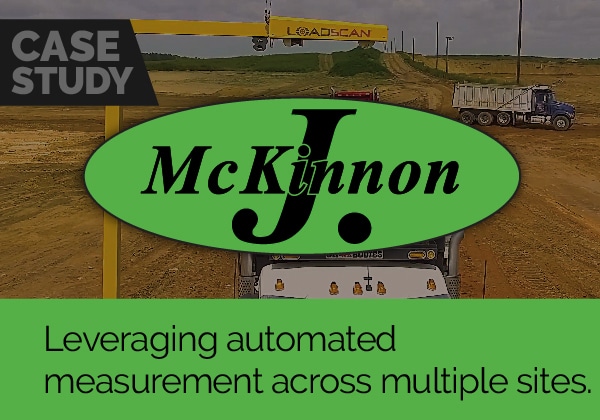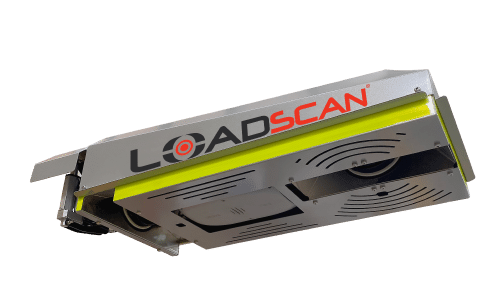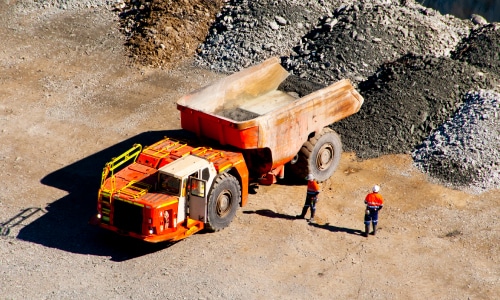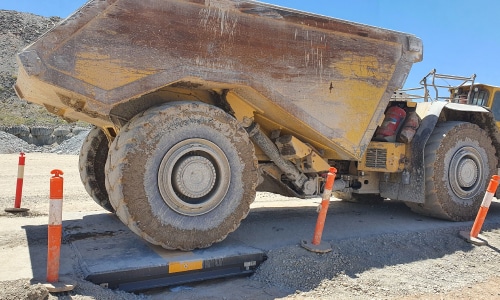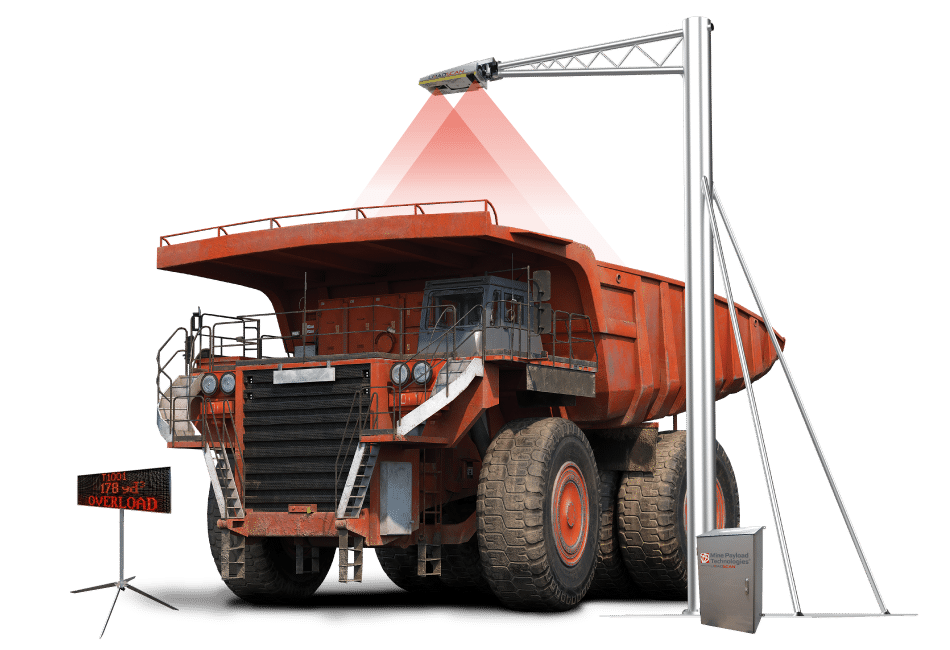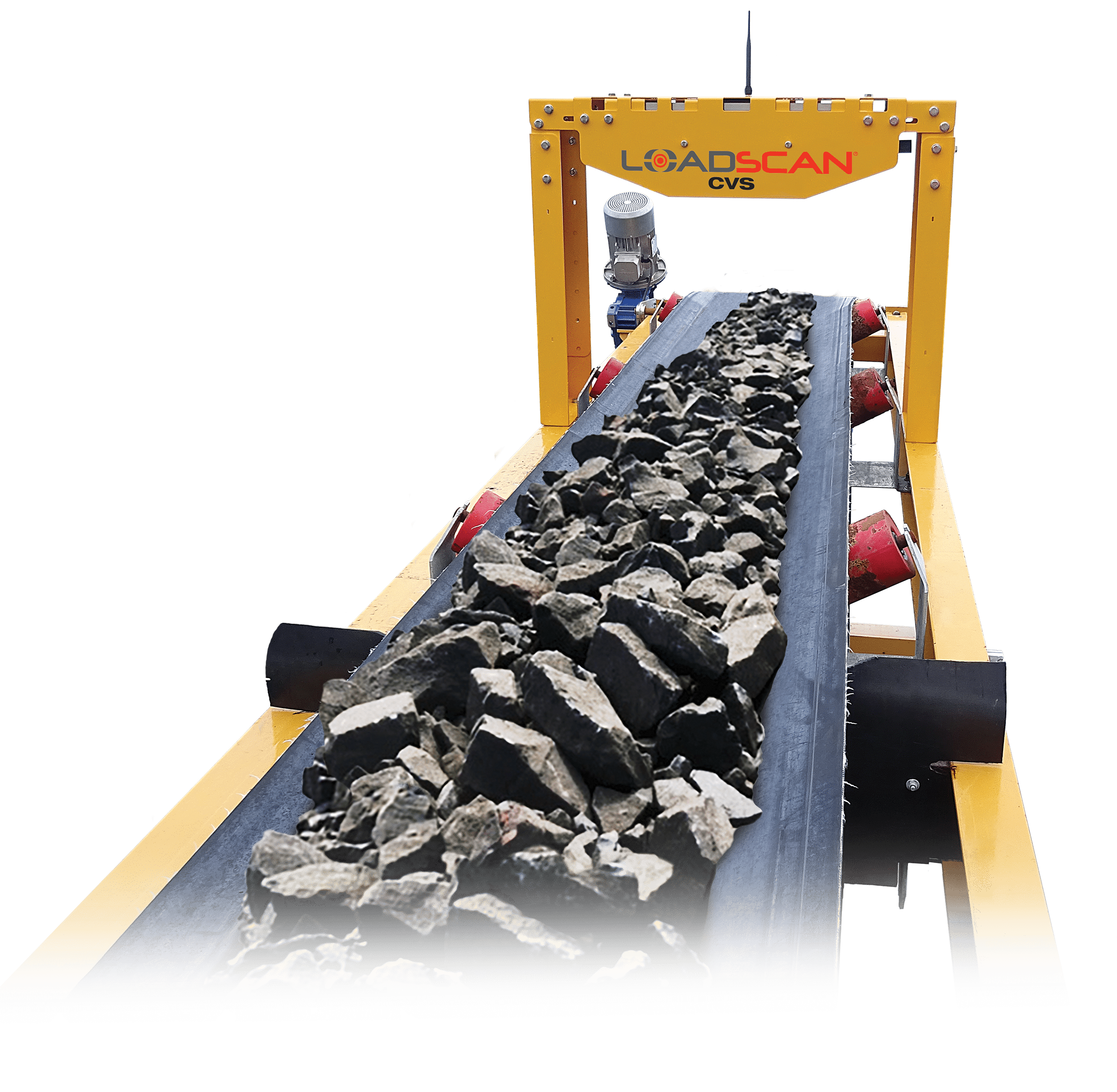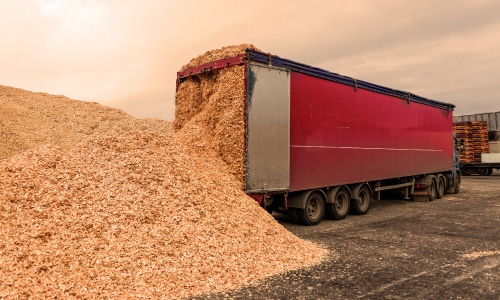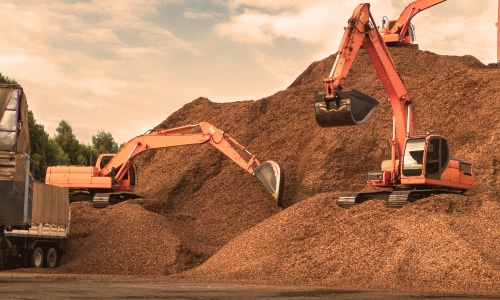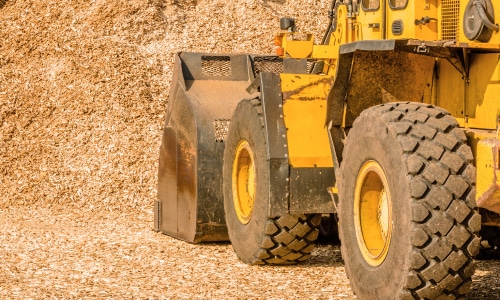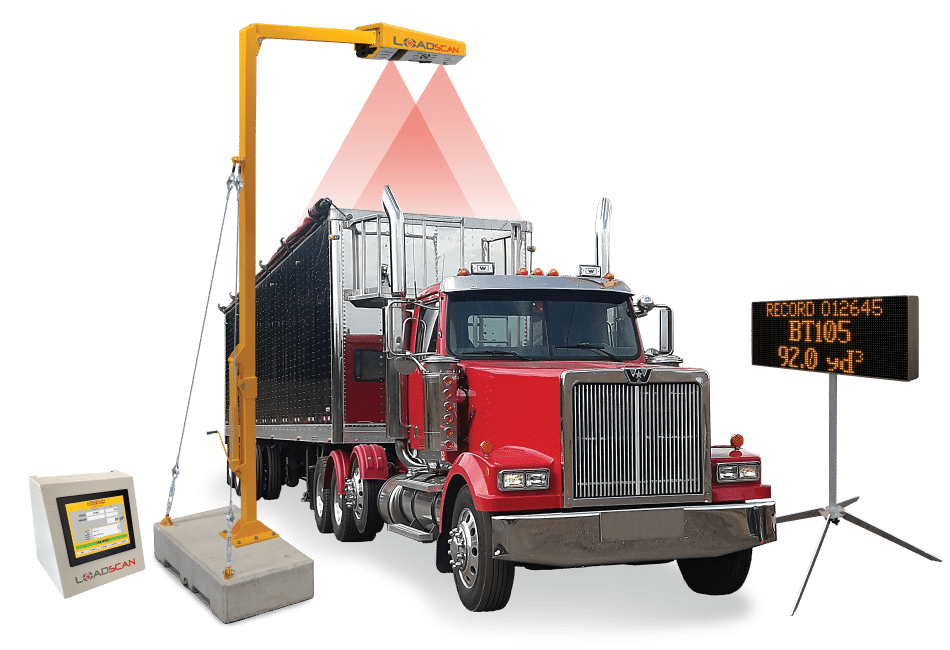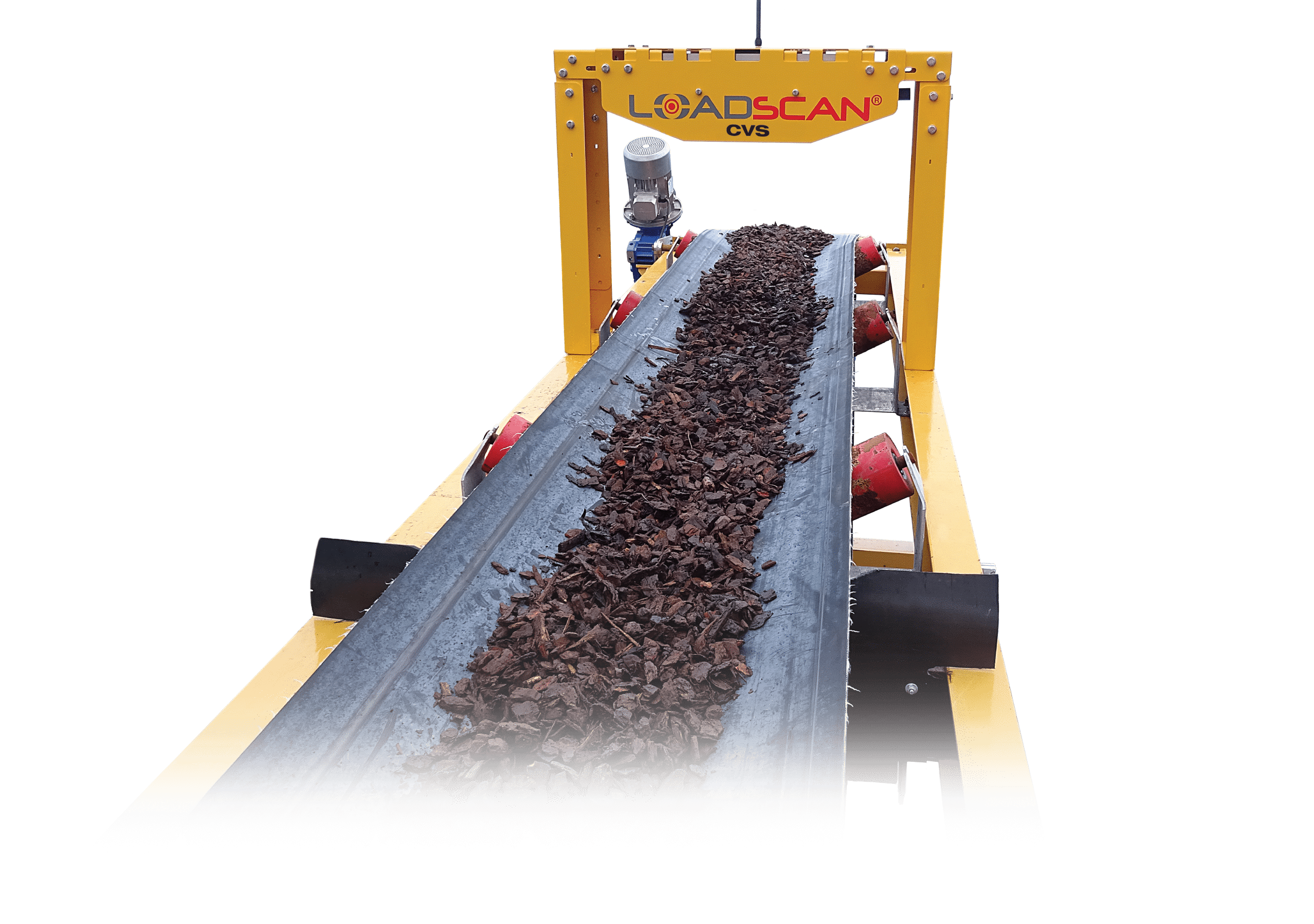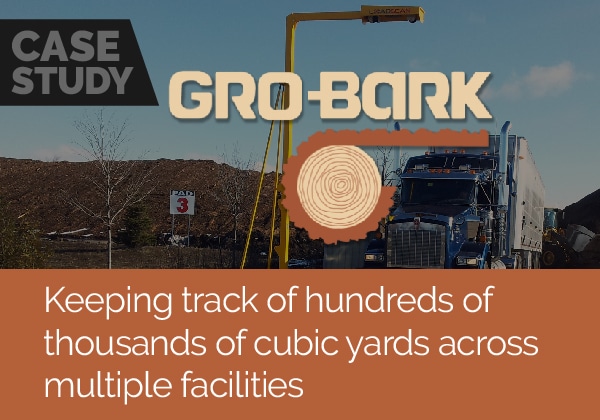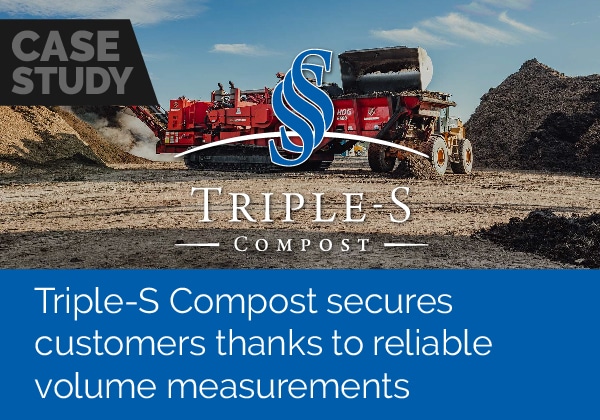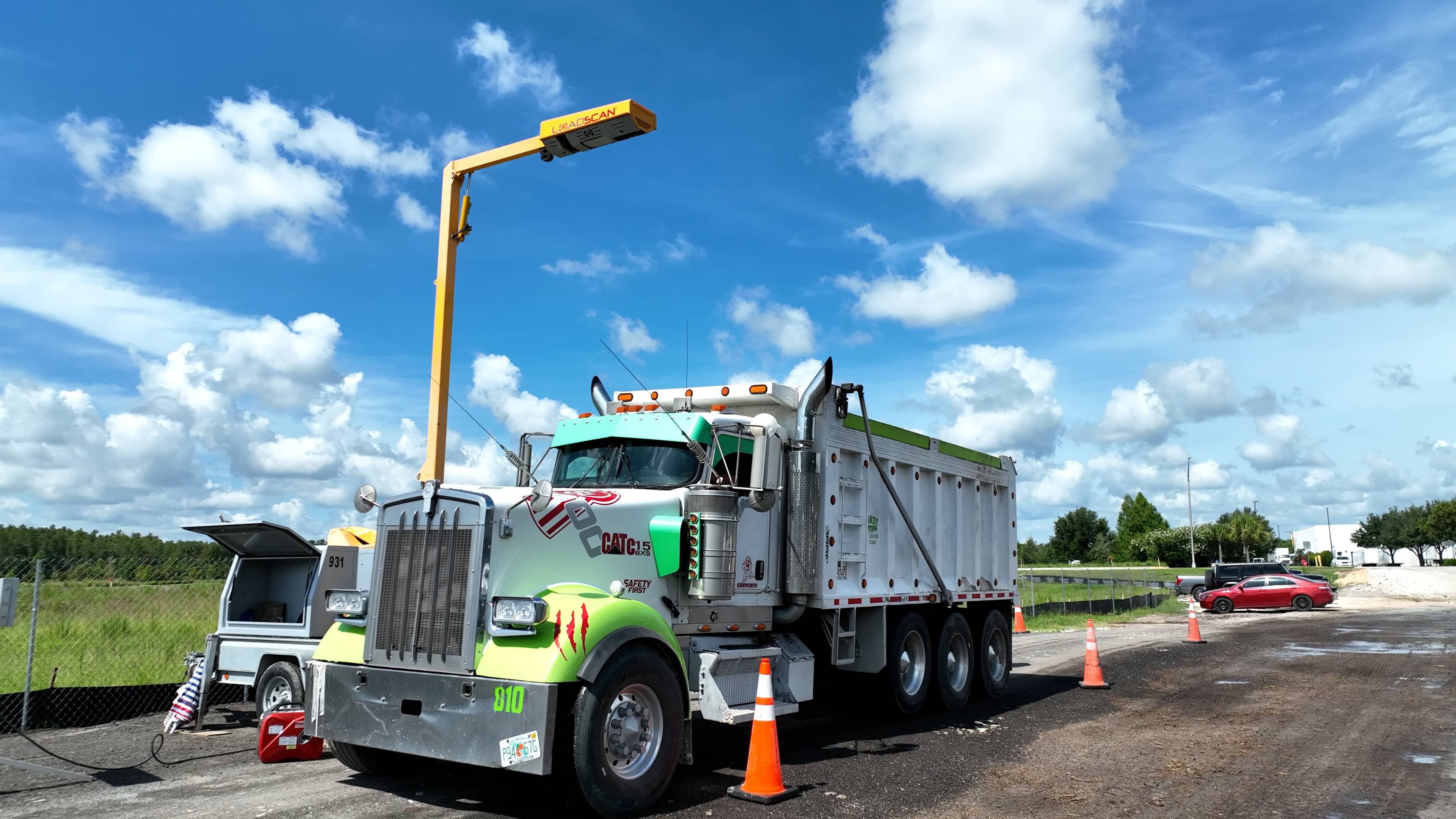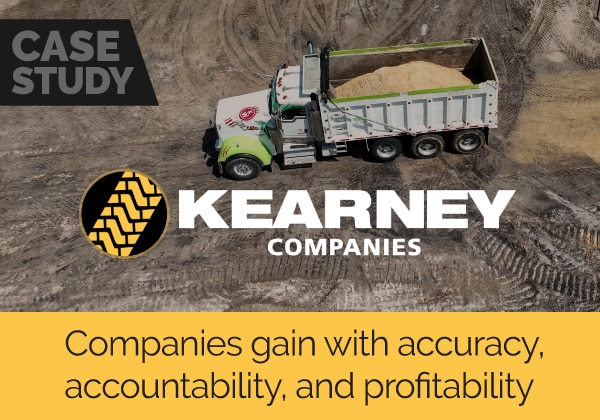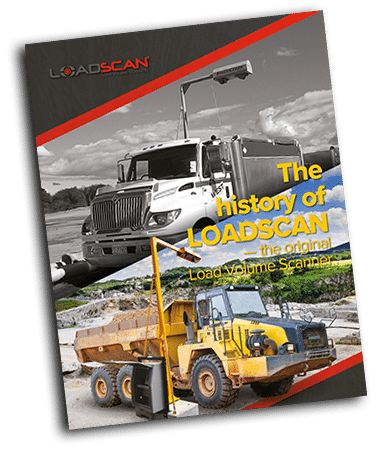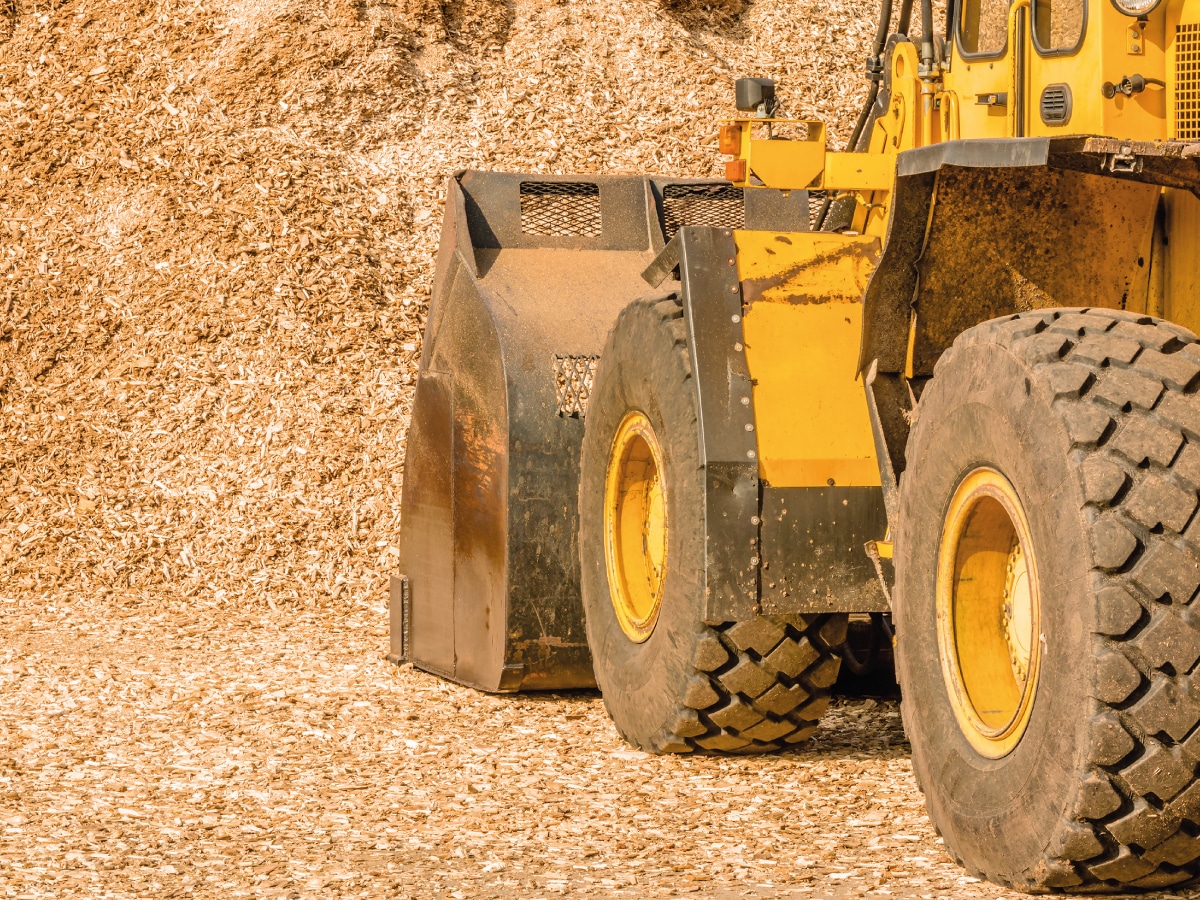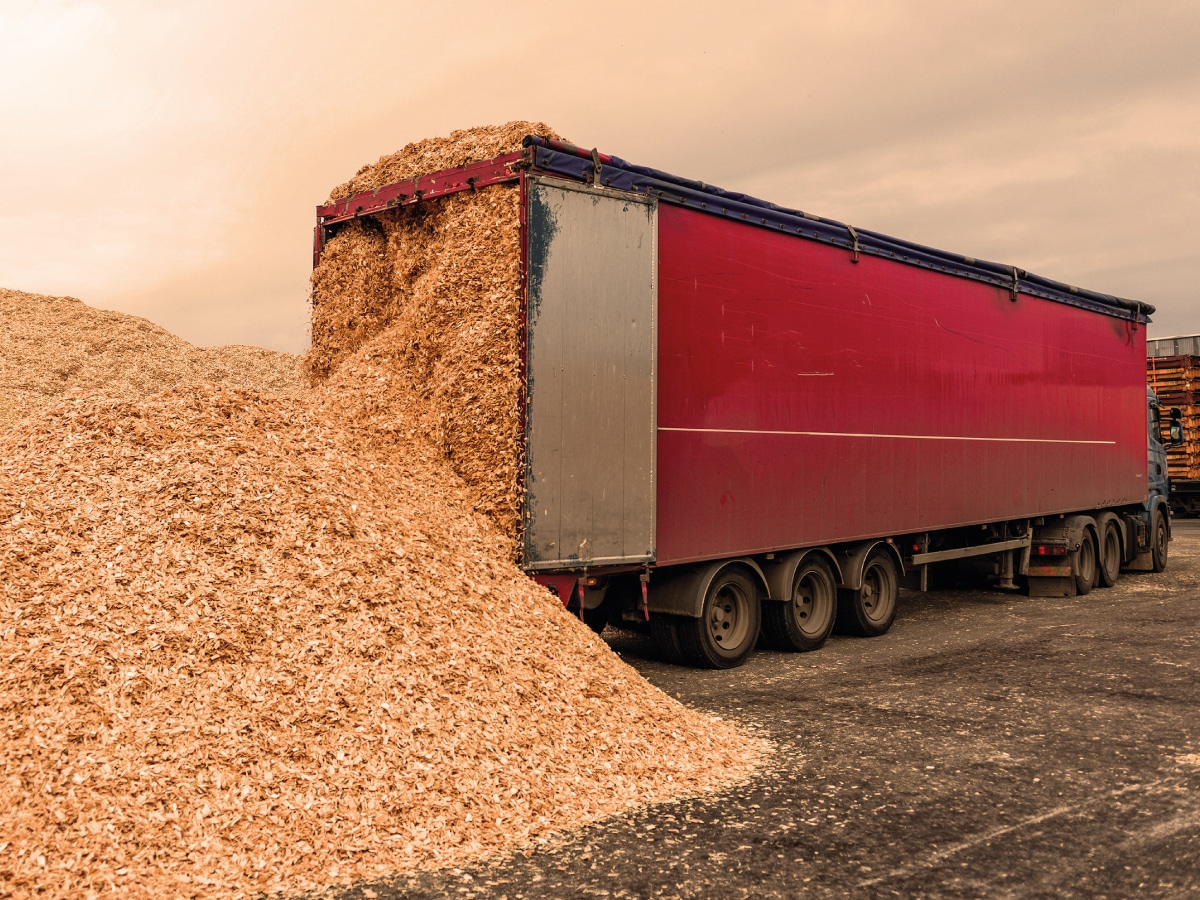How volume scanning reshapes customer relationships Tracking material volumes across multiple sites is a [...]

Inaccurate compaction and bulking factors can reduce profits
Every supplier and manufacturer has a somewhat unique situation, where material is affected to different degrees by factors such as moisture, size of the pile, how long the pile has been settled, and type of material. Using common bulking and compaction factors provide generic estimates only, and don’t necessarily reflect the actual state of your material.
Incorrectly estimated or misunderstood factors can significantly reduce profits due to material measurement inaccuracies on incoming and outgoing loads. One cubic yard in the stockpile does not translate into one cubic yard in the truck, nor one cubic yard when dumped.
Material from the stockpile tends to compact when loaded into a truck bin. When the material is unloaded at the destination it tends to bulk up, but usually not the the same volume that was extracted from the original stockpile. This makes accurate loose measurement challenging.
Without accurate factors to determine the true volume of loose material in a truck bin you could be paying for material you haven’t actually received, or you could be oversupplying your customers.
The Loadscan LVS gives you the ability to accurately determine and apply your own compaction and bulking factors of each of the materials you receive and supply, making it the only reliably accurate method of measuring volumes.
A typical example of how compaction and bulking changes the volume of material

Material in stockpile
Volume reduces when loaded into truck due to compaction
Volume increases when dumped, returning to the original stockpile volume
Inaccurate compaction and bulking factors can reduce profits
Every supplier and manufacturer has a somewhat unique situation, where material is affected to different degrees by factors such as moisture, size of the pile, how long the pile has been settled, and type of material. Using common bulking and compaction factors provide generic estimates only, and don’t necessarily reflect the actual state of your material.
Incorrectly estimated or misunderstood factors can significantly reduce profits due to material measurement inaccuracies on incoming and outgoing loads. One cubic yard in the stockpile does not translate into one cubic yard in the truck, nor one cubic yard when dumped.
Material from the stockpile tends to compact when loaded into a truck bin. When the material is unloaded at the destination it tends to bulk up, but usually not the the same volume that was extracted from the original stockpile. This makes accurate loose measurement challenging.
Without accurate factors to determine the true volume of loose material in a truck bin you could be paying for material you haven’t actually received, or you could be oversupplying your customers.
The Loadscan LVS gives you the ability to accurately determine and apply your own compaction and bulking factors of each of the materials you receive and supply, making it the only reliably accurate method of measuring volumes.
A typical example of how compaction and bulking changes the volume of material
Material in stockpile
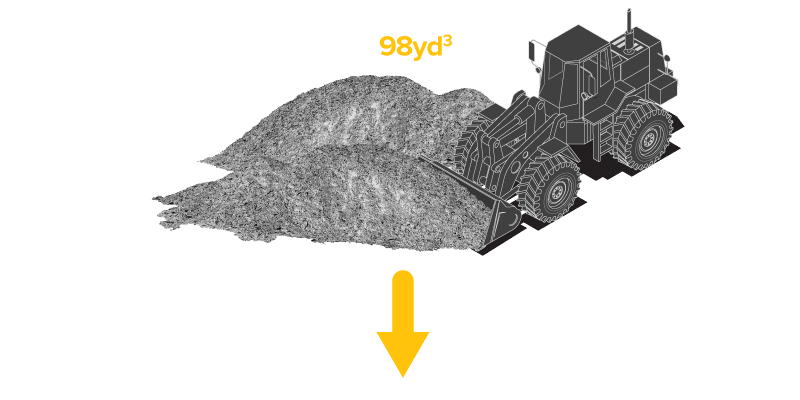
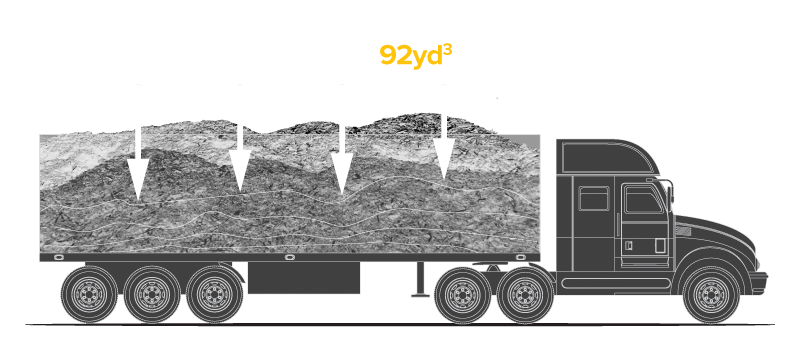
Volume reduces when loaded into truck due to compaction
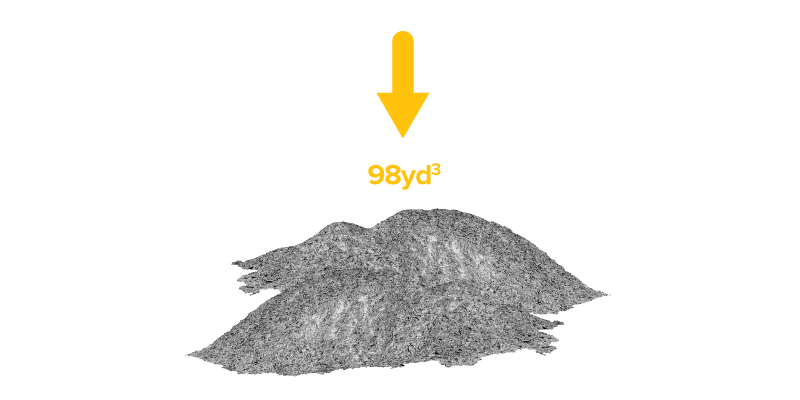
Volume increases when dumped, returning to the original stockpile volume
More solutions
More solutions
More solutions
Put an end to inefficiencies, waste, and guesswork.
Get accurate product densities
Eliminate disputes over volumes
Optimise truck loading
Proven accurate to +/- 1%
Only pay for what you receive
Don’t pay for water content
Improve customer satisfaction
Put an end to inefficiencies, waste, and guesswork.
Get accurate product densities
Optimise truck loading
Accurate volumes sold every time
Don’t pay for water content
Eliminate disputes over volumes
Proven accurate to +/- 1%
Only pay for what you receive

